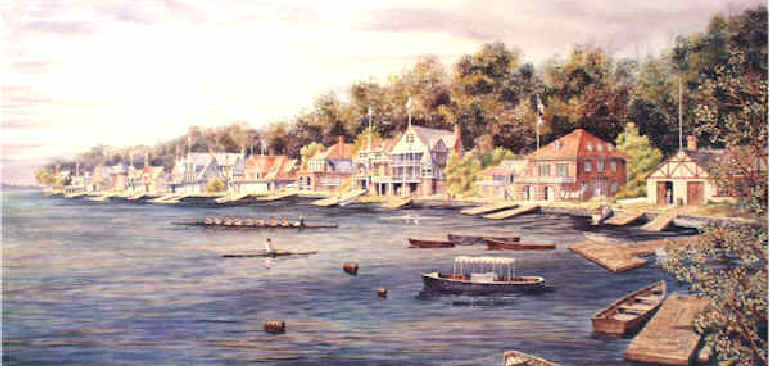Crystal Clear – How crystals may have won World War II
 I just finished a very interesting book on a little known aspect of World War II history. There have been many books on technological developments of World War II that allowed the Allies to when the war. For example, in ‘The Invention that Changed the World‘, Robert Buderi describes how a small band of scientists and engineers developed radar. This invention was the key advantage during the Battle of Britian.
I just finished a very interesting book on a little known aspect of World War II history. There have been many books on technological developments of World War II that allowed the Allies to when the war. For example, in ‘The Invention that Changed the World‘, Robert Buderi describes how a small band of scientists and engineers developed radar. This invention was the key advantage during the Battle of Britian.
However, as a ham (radio amateur) of 50 years, I am always interested radio related technologies and ham radio contributions. In his book, ‘Crystal Clear‘, Richard J. Thompson, Jr. describes how the development of military radio using crystal oscillators gave the Allies a major advantage.
Prior to World War II the fledgeling crystal oscillator was dominated by one & two man companies serving the ham radio community and a very limited industry base. The outset of the war, the Signal Corps was still wrestling with the choice between crystal-based radios from this almost nonexistent industry and the more mature master oscillator design. The final decision swung to crystal design because of the poor stability of master oscillators in moving platforms such as armored vehicles and airplanes. Once committed the Signal Corps had the daunting task of creating an industry that could meet wartime demands. From only 100,000 units produced in 1941, the industry grew to produce 5.8 MILLION units in 1942 and a staggering 20.3 MILLION in 1943!
As a direct result of using crystal oscillator radios the Allies were able to have reliable communications at all echelons of command. Allied Signal Corps men could rely on accurate frequency assignments when planning and executing operations across the world.
The story of this amazing growth is one of unprecedented cooperation between the civilian government, the military and industrial rivals. The elements of this effort start with securing the only known source of radio-grade crystals in heart of Brazil to the hand delivery of critical crystals in support of important military operations.
Posted: May 8th, 2014 under Books.
Comments: none



 Full disclosure – in my youth I found Paul de Kruif’s book,
Full disclosure – in my youth I found Paul de Kruif’s book,  It seems to have been successful at espionage during World War II Britain recruited some of the most eclectic and unlikely group of characters and somehow molded them into teams that thwarted the Nazis. Evidence of this assertion is clear in Ben Macintyre’s 2012 book,
It seems to have been successful at espionage during World War II Britain recruited some of the most eclectic and unlikely group of characters and somehow molded them into teams that thwarted the Nazis. Evidence of this assertion is clear in Ben Macintyre’s 2012 book,